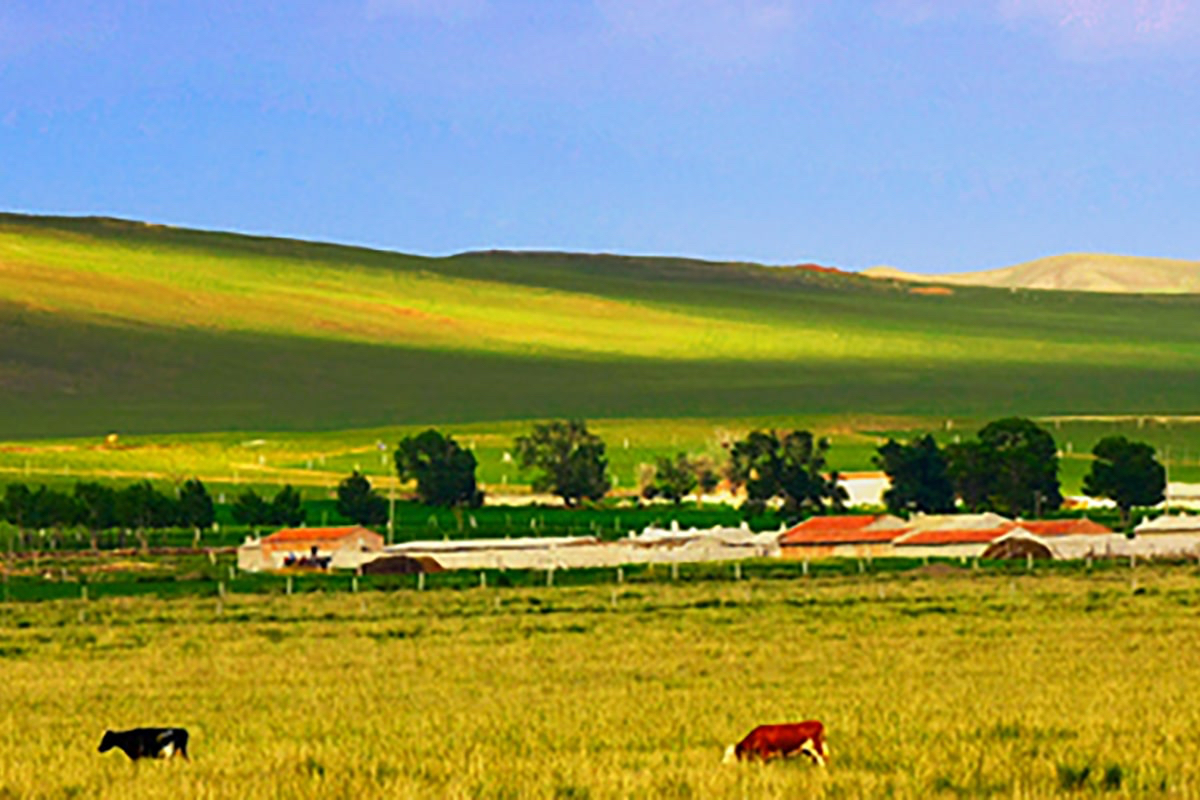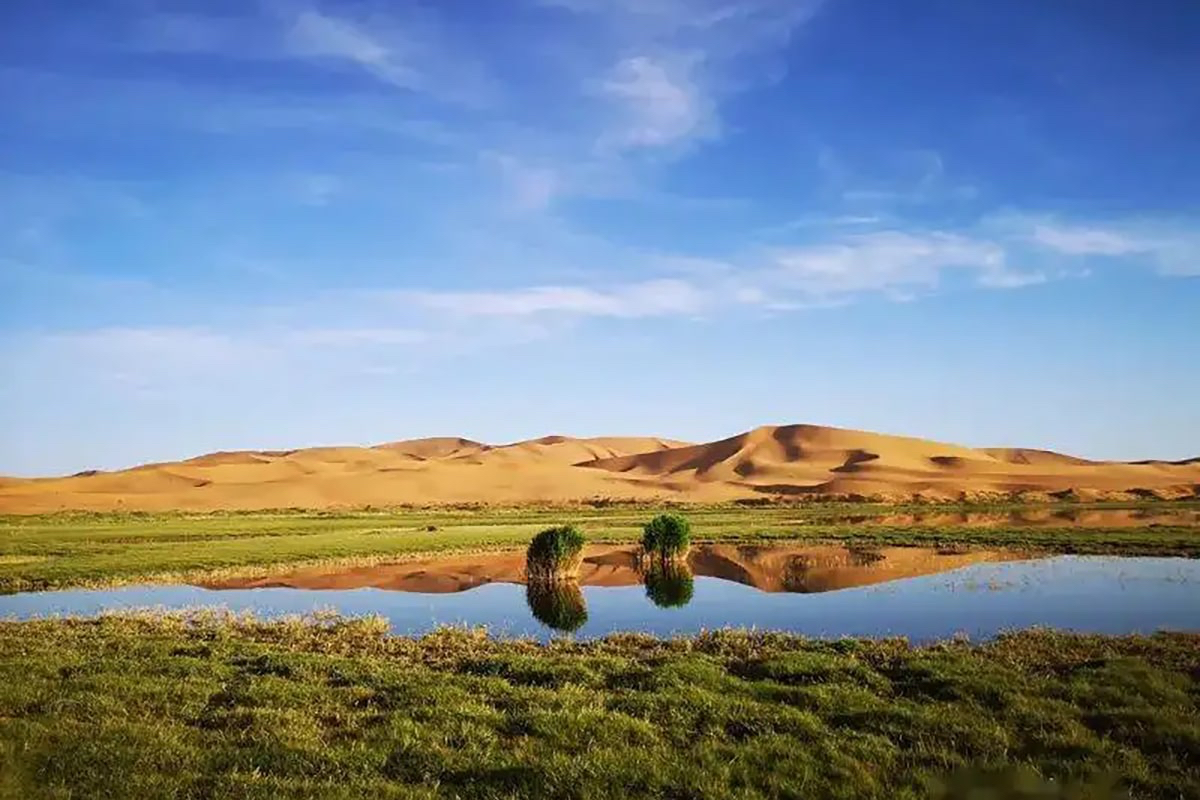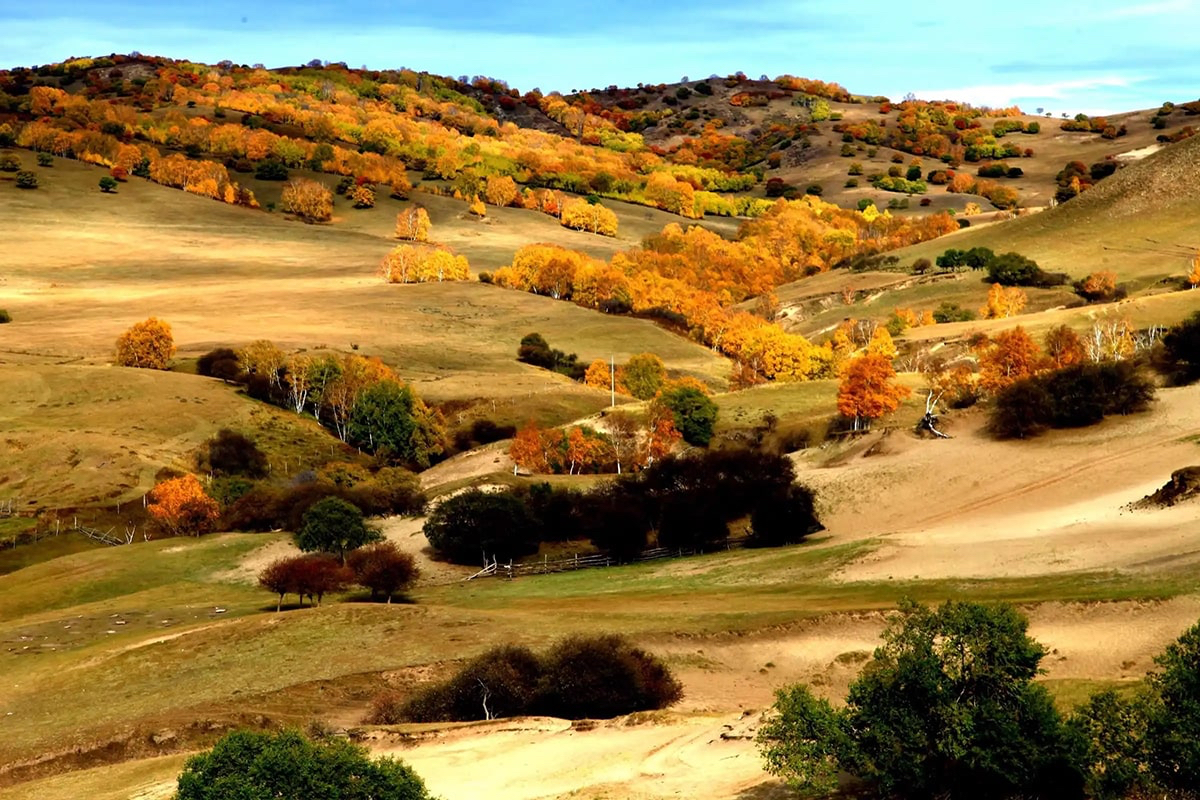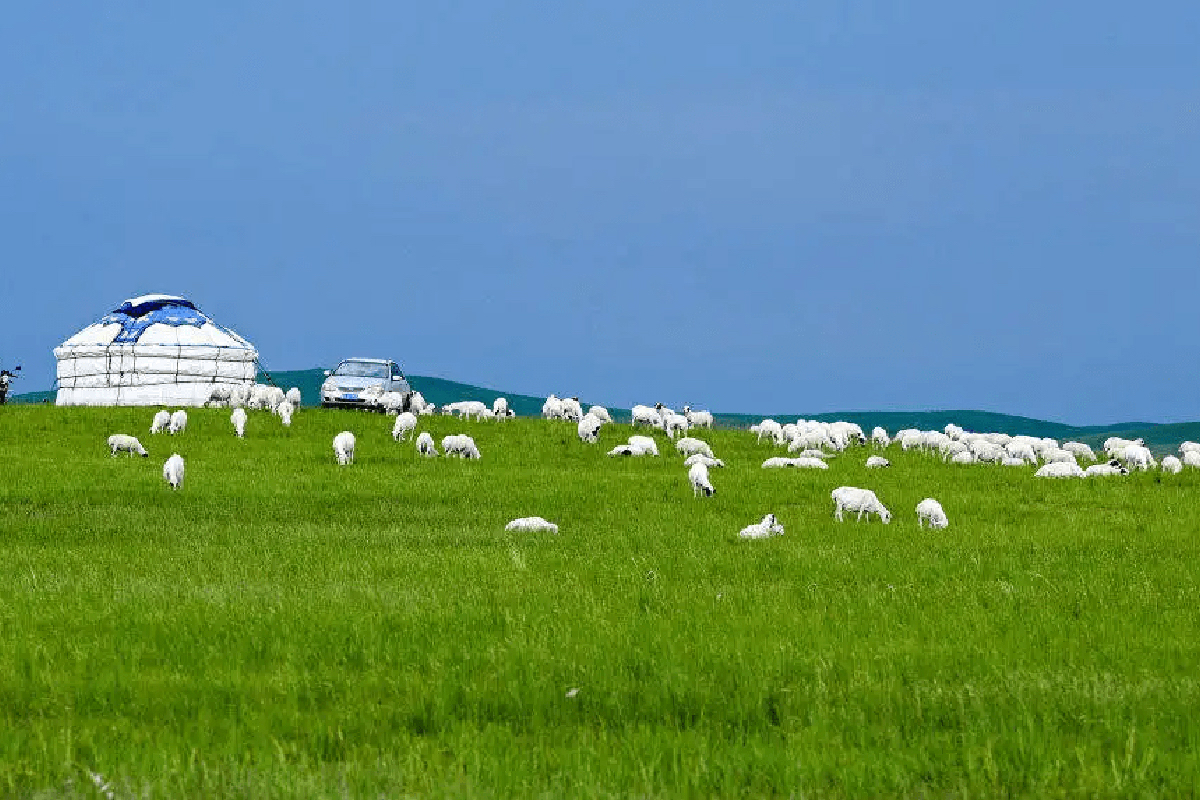Alashan Travel Guide
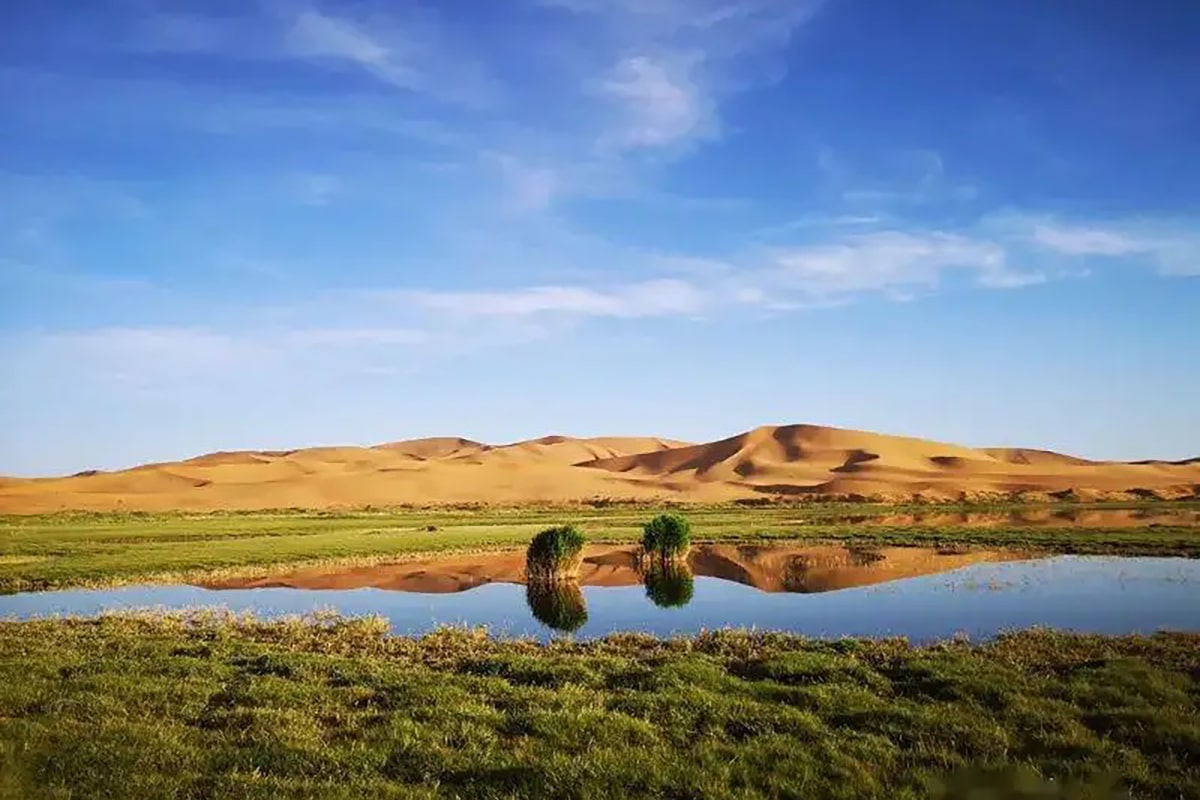
Alashan is a prefecture-level administrative body in Inner Mongolia Autonomous Region. Unlike majority of China’s provinces or autonomous regions which use divided up into prefectures or cities , Inner Mongolia use “meng” (as league in English) to address its prefecture units, a way to maintain its unique Mongolian heritage. In Mongolian language, the word Alxa, or Alashan, means “land of colors”. Alashan is the westernmost “meng” of Inner Mongolia bordering Gansu province to its west, Ningxia Hui Autonomous Region to its south. It is also a border region; it shares a 735km borderline with Republic of Mongolia to its north. It covers a vast region of 270000 square kilometers, almost the size of New Zealand. Alashan is divided into 3 subdivisions, known in Chinese as “qi” (as banner in English), Alashan zuo qi (Alxa left banner), Alashan you qi (Alxa right banner) and Ejina qi (Ejin Banner). The administrative centre of Alxa is located in the city of Bayan Haot of Alxa left banner.
Alashan is one of the few places in China that is sparsely populated. It has about 270000 residents, quite a contrast to its vast landmass. Majority of its population are of Mongol, Han and Hui ethnics. Alashan is a place where human settlement dates back to Paleolithic age. For thousands of year, the land of Alxa has been conquered or shared by Han Chinese, the Turkic and the Mongols. Ever since 16th century, Mongols has been the dominant force on this land.
● What to do & where to go
For its long history, rich Mongol heritage and vast landmass, Alxa region has plenty to offer for tourists. Some of noticeable tourist attractions are listed below.
Mt. Helan National Reserve
Helan Mountain is the largest north-to-south mountain range in northwestern China. It neighbors the Loess Plateau in northwest and the Qinghai-Tibet Plateau in northeast. The unique location blesses it with distinct natural scenery, human landscapes and ecosystems.
Lying in Alxa Left Banner in Inner Mongolia, Helan Mountain National Reserve covers a large area, 261 square miles, with the highest peak measuring 11,700 feet. It lies in the transitional zone between grassland and desert. The main feature it protects is the forest ecosystem in arid and semiarid regions which contains rare plants and animals. Walk into the virgin forest of Helan Mountain, and you will feel you are entering a natural "zoo" which is home to hundreds of wild animals such as musk deer, berghaan, foxes and dzeren. Standing on top of the mountain and having a vertical view, you will be dazzled by the vast green sea of trees and, at the same time, be astonished by this marvelous creation of nature.
Badain Jaran Desert
Inner Mongolia is home to some most spectacular desert in China due to its dry weather. Located in Alxa League with a total area of 47,000 square kilometers and an elevation between 1200 and 1700 meters above the sea level, sand hills with a relative height of 500 meters are worthy to be called the Desert Mount Everest. The district features five superb views: strange form peak, whistling sand, lake, wonderful springs and temples.
● What to eat
The dominant culinary culture of Alxa is that of Mongolian. Meat plays an important role on Mongol dinner table. Mutton and beef are most common. Roasted lamp is a treat to visitors. Noodles are also staples for the people of Alxa, especially the la mian (pulled noodle). One special meal in Alxa, or in most of Inner Mongolia, is the consumption of camels. Mongolians have long history of eating camels; camel farming is a regular and an important industry in this region.
● Access
Alxa is a landlocked region in China. Access to this region heavily relied on land transport and flights. The Jing-Xin Expressway (Beijing-Xinjiang) travels traverse north of Alxa linking major banners and townships. There are currently no passenger railway networks in Alxa. But the Baotou-Yinchuan high speed railway line, which is under construction, will traverse Alxa region. This line is scheduled to open in 2026. There are 3 small regional airports in Alxa region, Alax Youqi Badain Jaran Airport (RHT), Alax Zuoqi Bayanhot Airport (AXF) and Ejinaqi Taolai Airport(EJN) in Ejin banner. Joy Airline operates these regional airports connecting these 3 banners and cities such as Hohhot and Xi’an.
● Climate
The culture and history of Alxa was shaped by its climate. It lies in the hinterland of the Asia, being encircled by mountains and far away from the sea contributes to the typical continental climate of Alxa. Generally, it is dry and windy. The rainy season is usually in July, August and September. The annual amount of precipitation is 200 millimeter (7.87 inches) in the southeastern part and 40 millimeter (1.57 inches) in the northwestern part. The difference in temperature between day and night is large. The annual average temperature is 6 to 8.5 degrees Centigrade (42.8 to 47.3 degrees Fahrenheit); the lowest temperature -36.4 degrees Centigrade (-33.5 degrees Fahrenheit) is in January while the highest temperature 41.7 degrees Centigrade (107 degrees Fahrenheit) is in winter.
- HOTEST
- RECOMMEND
